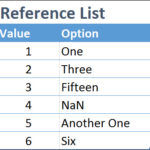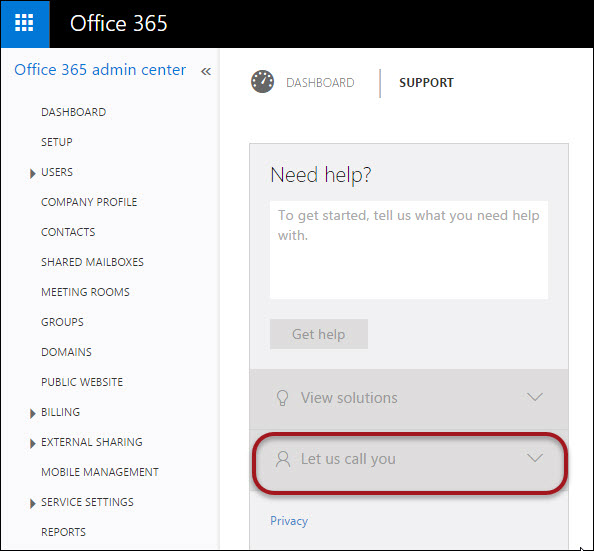 Depending on your role in your organization, Dynamics CRM Project Services Automation can be used in several different ways. One of these ways is to manage you sales process as you quote and sell out your projects. This video shows you how to accomplish this.
Depending on your role in your organization, Dynamics CRM Project Services Automation can be used in several different ways. One of these ways is to manage you sales process as you quote and sell out your projects. This video shows you how to accomplish this.

Give us your feedback, all of it: good, bad, and ugly, I’m sure we can take it. Suggest new topics either in comments or by sending your ideas to jar@crmtipoftheday.com.
Don’t forget to subscribe to http://youtube.com/crmtipoftheday.
 of the
of the


 PS. Credit where credit is due. After writing the script above I found the
PS. Credit where credit is due. After writing the script above I found the 










